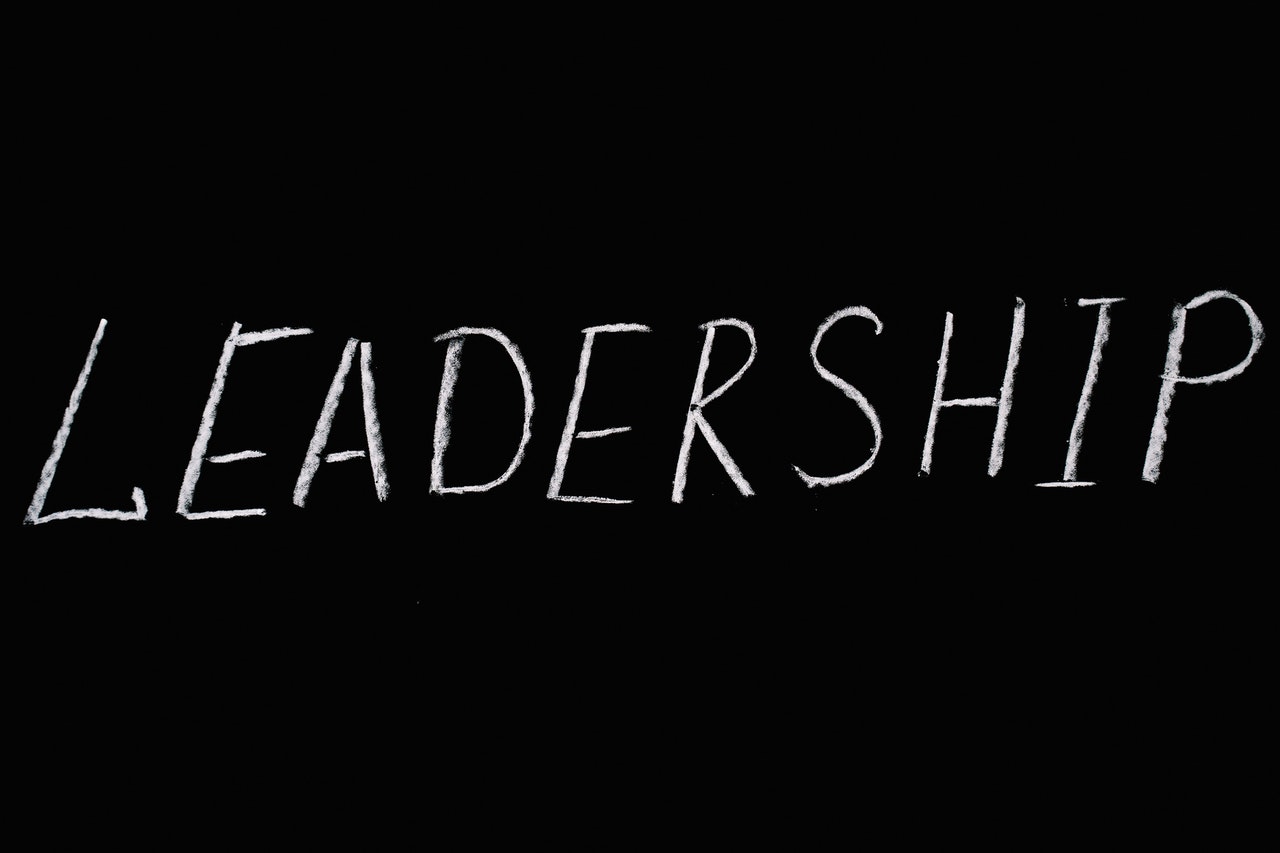DON’T make the media your primary means of communicating on pending or current litigation in progress. Journalists are not a reliable means of ensuring that your key audiences receive your messages, nor is it a reporter’s job to make sure everything you think is important gets to the right people.
DO communicate directly with your important audiences, internally and externally, to ensure they have the information you want them to have about matters being tried in the media.
DO consider the option of informing certain key audiences of the probability of media coverage on a legal matter before it appears in the press.
DO remember that employees are a critical audience — all employees are PR representatives for the organization whether you want them to be or not.
DO integrate legal and PR strategy, because you’ll be educating the jury pool while also minimizing damage that could occur to your organization in the short-term, even if you win the legal case in the long-term.
DO explore the use of publicity about generic or related issues relevant to your particular case or client as a legitimate means of bringing attention to issues that might result in pre-trial settlements, or to develop similar examples to illustrate the issues in your case.
DON’T say “no comment” if you haven’t had a chance to review the case. Say “I’d very much like to comment on this as soon as I’ve read what’s been filed.” If appropriate, add: “I still don’t have a copy of it myself, could you fax or email one over?”
DO tell journalists that you want to respect their deadlines, but would appreciate their respecting your need to have the information you need to make an intelligent response.
DON’T attack the media. Ever. Neither directly, nor in communication with other audiences, because it will get back to them. The media can hurt you more than you can hurt them. Most media outlets LOVE being sued or threatened, it sells more papers or air time.
DON’T judge the impact of media coverage by the sensationalism of headlines or length of news coverage. Ask your important audiences, internal and external, how THEY are reacting to the coverage — in some cases, you’ll find they don’t believe it!
DO consider becoming your own publisher, using the Internet to post your perspective on issues of public concern — IF the general public is, in fact, an important audience for you. Or even on a password-protected website for selected audiences that are important to you.
DON’T assume that you know how to talk to reporters about negative news just because you’re skilled at “good news” interviews — get media trained.
DO establish both internal and external rumor control systems to short-circuit rumors early on, before they do too much damage.
——————————-
For more resources, see the Free Management Library topic: Crisis Management
——————————-










